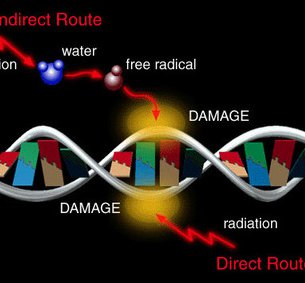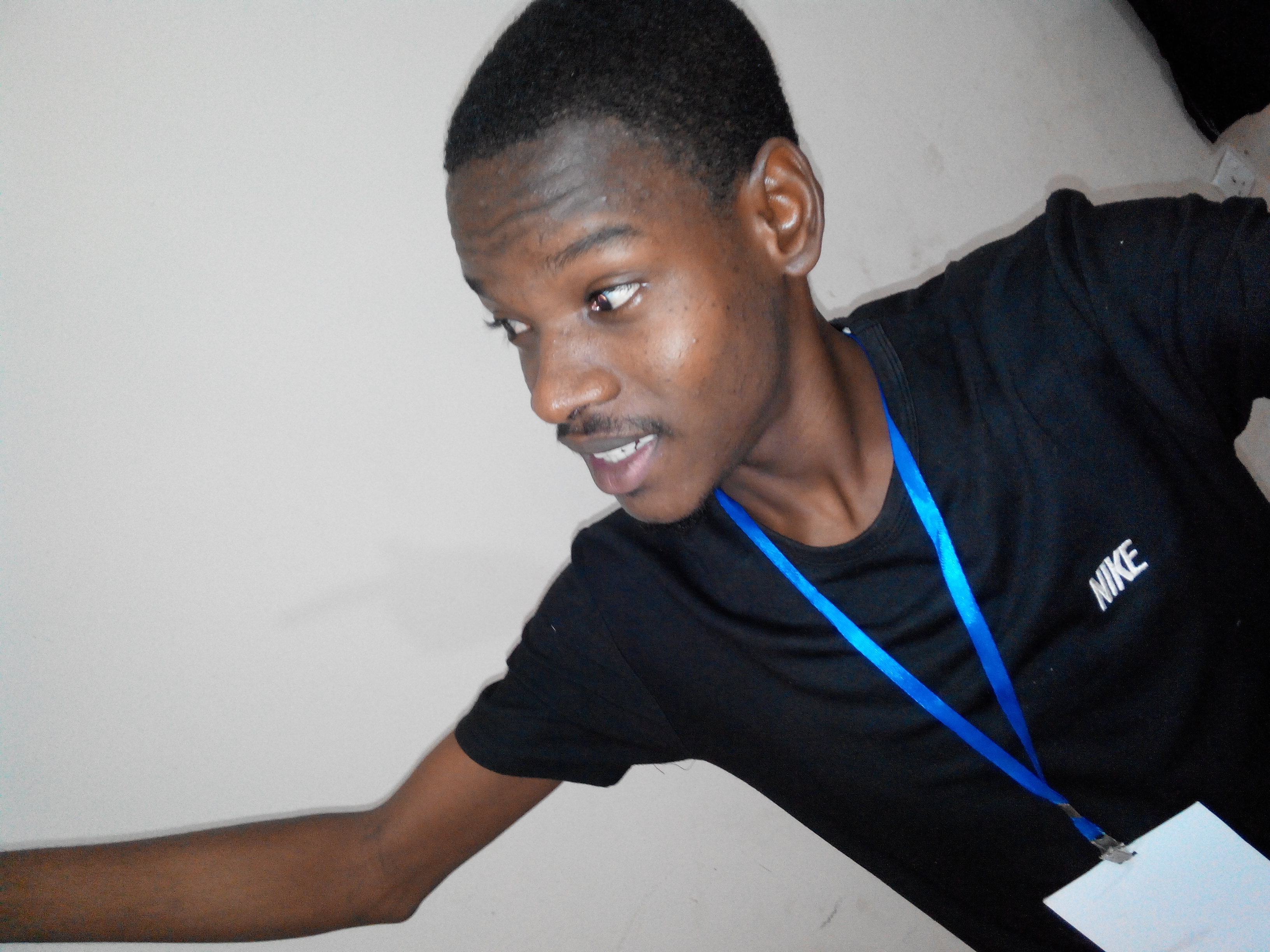THE COSMIC MICROWAVE RADIATION BACKGROUND 1

THE COSMIC MICROWAVE RADIATION BACKGROUND PART ONE
Now we come to a different kind of astronomy, to a story that could not have been told a decade ago. We will be dealing not with observations of light emitted in the last few hundred million years from galaxies more or less like our own, but with observations of a diffuse background of radio static left over from near the beginning of the universe. The setting also changes, to the roofs of university physics buildings, to balloons or rockets flying above the earth's atmosphere, and to the fields of northern New Jersey.
In 1964 the Bell Telephone Laboratory was in possession of an unusual radio antenna on Crawford Hill at Holmdel, New Jersey. The antenna had been built for communication via the Echo satellite, but its characteristics—a 20-foot horn reflector with ultralow noise—made it a promising instrument for radio astronomy. A pair of radio astronomers, Arno A. Penzias and Robert W. Wilson, set out to use the antenna to measure the intensity of the radio waves emitted from our galaxy at high galactic latitudes, i.e., out of the plane of the Milky Way.
This kind of measurement is very difficult. The radio waves from our galaxy, as from most astronomical sources, are best described as a sort of noise, much like the "static" one hears on a radio set during a thunderstorm. This radio noise is not easily distinguished from the inevitable electrical noise that is produced by the random motions of electrons within the radio antenna structure and the amplifier circuits, or from the radio noise picked up by the antenna from the earth's atmosphere.The problem is not so serious when one is studying a relatively "small" source of radio noise, like a star or a distant galaxy. In this case one can switch the antenna beam back and forth between the source and the neighboring empty sky; any spurious noise coming from the antenna structure, amplifier circuits, or the earth's atmosphere will be about the same whether the antenna is pointed at the source or the nearby sky, so it would cancel out when the two are compared. However, Penzias and Wilson were intending to measure the radio noise coming from our own galaxy—in effect, from the sky itself. It was therefore crucially important to identify any electrical noise that might be produced within their receiving system.
Previous tests of this system had in fact revealed a little more noise than could be accounted for, but it seemed likely that this discrepancy was due to a slight excess of electrical noise in the amplifier circuits. In order to eliminate such problems, Penzias and Wilson made use of a device known as a "cold load"—the power coming from the antenna was compared with the power produced by an artificial source cooled with liquid helium, about four degrees above absolute zero. The electrical noise in the amplifier circuits would be the same in both cases, and would therefore cancel out in the comparison, allowing a direct measurement of the power coming from the antenna. The antenna power measured in this way would consist only of contributions from the antenna structure, from the earth's atmosphere, and from any astronomical sources of radio waves.
Penzias and Wilson expected that very little electrical noise would be produced within the antenna structure. However, in order to check this assumption, they started their observations at a relatively short wavelength of 7.35 centimeters, where the radio noise from our galaxy should have been negligible. Some radio noise could naturally be expected at this wavelength from our earth's atmosphere, but this would have a characteristic dependence on direction: it would be proportional to the thickness of atmosphere along the direction in which the antenna was pointed—less toward the zenith, more toward the horizon. It was expected that, after subtraction of an atmospheric term with this characteristic dependence on direction, there would be essentially no antenna power left over, and this would confirm that the electrical noise produced within the antenna structure was indeed negligible. They would then be able to go on to study the galaxy itself at a longer wavelength, around 21 centimeters, where the galactic radio noise was expected to be appreciable. (Incidentally, radio waves with wavelengths like 7.35 centimeters or 21 centimeters, and up to 1 meter, are known as "microwave radiation." This is because these wavelengths are shorter than those of the VHF band used by radar at the beginning of World War II.)
To their surprise, Penzias and Wilson found in the spring of 1964 that they were receiving a sizable amount of microwave noise at 7.35 centimeters that was independent of direction. They also found that this "static" did not vary with the time of day or, as the year went on, with the season. It did not seem that it could be coming from our galaxy; if it were, then the great galaxy M31 in Andromeda, which is in most respects similar to our own, would presumably also be radiating strongly at 7.35 centimeters, and this microwave noise would already have been observed. Above all, the lack of any variation of the observed microwave noise with direction indicated very strongly that these radio waves, if real, were not coming from the Milky Way, but from a much larger volume of the universe.
Clearly, it was necessary to reconsider whether the antenna itself might be producing more electrical noise than expected. In particular, it was known that a pair of pigeons had been roosting in the antenna throat. The pigeons were caught; mailed to the Bell Laboratories Whippany site; released; found back in the antenna at Holmdel a few days later; caught again; and finally discouraged by more decisive means. However, in the course of their tenancy, the pigeons had coated the antenna throat with what Penzias delicately calls "a white dielectric material," and this material might at room temperature be a source of electrical noise. In early 1965 it became possible to dismantle the antenna throat and clean out the mess, but this, and all other efforts, produced only a very small decrease in the observed noise level. The mystery remained: Where was this microwave noise coming from?
 THE COSMIC MICROWAVE RADIATION BACKGROUND 2
THE COSMIC MICROWAVE RADIATION BACKGROUND 2

I have no special talent. I am only passionately curious.
----Albert Einstein






